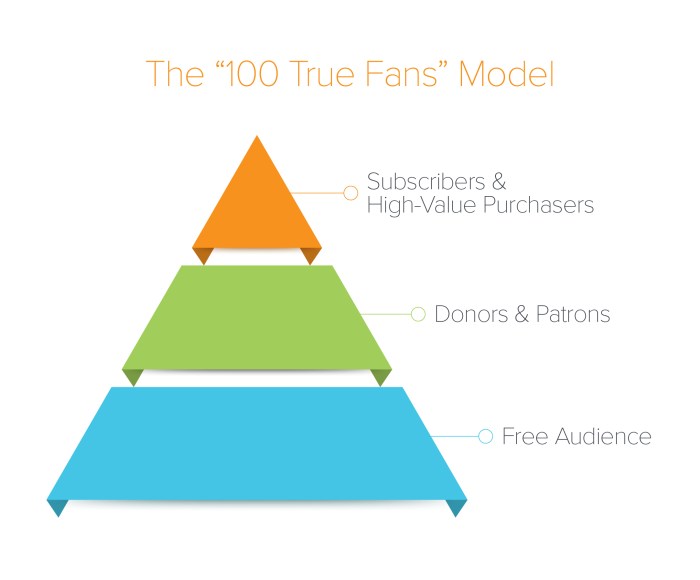Much of this inspired my creation of Luminative Media
16 August 2020 (Serifos, Greece) – One of the biggest, ongoing changes in media … accelerated by the the coronavirus lockdown … has been the Cambrian Explosion of virtual spaces. Over the last 5-8 years we have been learning so much about the dynamics of digital places and semi-spatial software, and the mega-leap in video and film production. This will drive incredible evolution in design and content patterns over the coming months and years.
There has been a tectonic shift to “new new” social media. When I joined Twitter and Linkedin 15 years ago (the first one I have used for the firehose of news, the second for more thoughtful chats) I wanted, more than anything, to communicate directly with key sources I depended on for my writing and, in fact, all my media work. I needed feedback on the pieces I wrote. I had a chat with Charles Arthur, the freelance journalist and former technology editor at The Guardian newspaper (author of the monumental Digital Wars: Apple, Google, Microsoft and the Battle for the Internet; read it – puts a lot of this stuff in perspective) and he noted:
Screenwriters get to go to meetings and hang out on set, playwrights can watch an audience respond to their words up close and in real time — but writing is a lonely business that can involve spending many days, weeks and months in isolation crafting something that will be consumed privately and elsewhere by strangers.
Since being on both Twitter and Linkedin I’ve had conversations with scores of people (many strangers) who have suggested research avenues I had not considered. I have had a ringside seat to watch investigative journalists at their best. All that plus streams of marvellous posts on art and culture, and wonderful science. Ok, I must fully admit I also enjoyed the videos of stupid drunk men failing to leapfrog barbecue grills.
This social media shift can be attributed to two things in particular. The first is the development of wonderful curation tools. Like many of my media cohorts, I don’t “read” Twitter or Linkedin or any mainstream social media anymore. I use APIs like Cronycle and Factiva that curate the whole social media firehose so I only receive selected, summarized material that pertains to my research or reading need. On occasion I will post something to my LinkedIn or Twitter account, but now that is pretty rare.
The second is even more important. The idea of Luminative Media came from conversations with my media cohorts who are developing the “new new” social media: the growth of independent creatives building franchises around their talents, where I (and a growing tribe) now spend our social media time, away from the main firehose of social media. Most are paid newsletters. Platforms such as Patreon and Substack (Kanopy for short movies) have created a tremendous opportunity to go direct to audiences with content relevant to their specific interests, unmediated by large organisations and social media platforms and their horrible cost structures.
But really, if you look back at the development of digital media since the turn of the millennium, artists have been writing, and circulating their writing, like never before: essays, criticism, manifestos, fiction, diaries, scripts, and blog posts have charted a complex era in the world at large, away from mainstream social media, weighing in on the exigencies of our times in unexpected and inventive ways.
This is all part of the “Passion Economy”, people monetizing what they love. The global adoption of social platforms like Facebook and YouTube, the mainstreaming of the influencer model, and the rise of new creator tools has shifted the threshold.
I suppose I will follow Kevin Kelly and Ben Evans and their “True Fans” vision … being universally adopted; I only mentioned them … where a blogger creates a base of 100 (or even 1,000) subscribers paying $100 a year for her/his musings.
It works something like this: a creator can cultivate a large, free audience on horizontal social platforms or through an email list. He or she can then convert some of those users to patrons and subscribers. The creator can then leverage some of those buyers to higher-value purchases, such as extra content, exclusive access, or direct interaction with the creator. To put it graphically:
This strategy is closely related to the concept of “whales” in gaming, in which 1 to 2 percent of users drive 80 percent of gaming companies’ revenue (though that model is evolving). Put simply, if you can convince a small number of super-engaged people to pay more, you can also have a general audience that pays less. By segmenting the customer base and offering greater value to top fans—at a higher price point—creators can earn a living with a smaller total audience.
That’s the wonder of this Cambrian Explosion: the internet enables niche in a massively powerful way. And if you think long and hard about it is this not just an example of convergent evolution? Social media has collapsed high and low culture into a sinuous, middling unibrow. It made room for the fringe to graze the mainstream while allowing outliers and niche practitioners a foot in the door. Yes, institutional barriers to entry persist, and the cost issue will remain difficult (not all “tribes” have the same level of funding), as will the technology/expectation gap.
But a new art world has never been more possible although given it’s structural, this revolution won’t be televised until it’s irreversible and given us its first, fixed forms. The bet is safe, though: anticipate swerves, not lineal progression, wherever generalised crisis meets new media, patronage and deep shifts in values. The history of the avant-garde has never been more forward-facing.



One Reply to “The coronavirus lockdown has accelerated the Cambrian Explosion of virtual spaces”